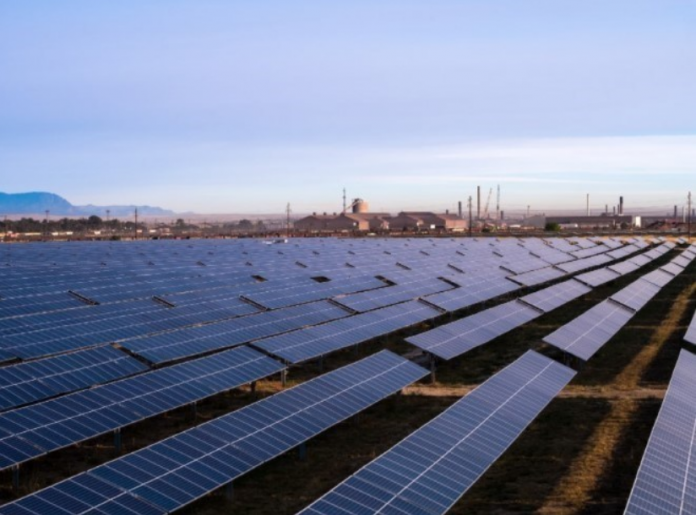Lightsource BP announced that the company has closed financing for its planned 130 MW Black Bear Solar project, set to be constructed in Montgomery County, Alabama.
The $100 million tax equity investment for the project was secured from Minneapolis-based U.S. Bank. Debt for the project was provided by Banco Santander and Sumitomo Mitsui Banking Corporation.
The project has a power contract in place with the Alabama Municipal Electric Authority (AMEA), a wholesale power provider for 11 public power utilities in Alabama. According to Lightsource BP, the Black Bear Project is being constructed just 15 miles from AMEA’s headquarters in Montgomery. The project will consist of 350,000 solar panels installed across 800 acres of land and is expected to achieve commercial operation in late 2022.
Once completed, the Black Bear project will add significant capacity to Alabama’s installed solar portfolio, and will be among the largest projects completed in the state. After many years as a bottom-ranked state for solar capacity, Alabama made substantial additions in 2021, bringing the state’s total installed capacity to just under 580 MW.

Image: SEIA/Wood Mackenzie
Much of the recent capacity additions, however, are due to one incredibly large project. In September, the 227 MW Muscle Shoals solar PV project entered service in Colbert County, Alabama, along the border with Mississippi.
Muscle Shoals was developed by Ørsted and has a long-term Green Invest power purchase agreement (PPA) with TVA, which, in turn, will supply energy to a Meta (Facebook) data center in Huntsville, Alabama. Its 227 MW of capacity makes it the largest project in Alabama. Prior to Muscle Shoals, Alabama had a cumulative installed solar capacity of around 280 MW, according to the Solar Energy Industries Association (SEIA), meaning Muscle Shoals nearly doubled the state’s installed capacity.
SEIA projects that Alabama will install 1,350 MW over the next five years. That would place Alabama 27th in the country for solar installations.






